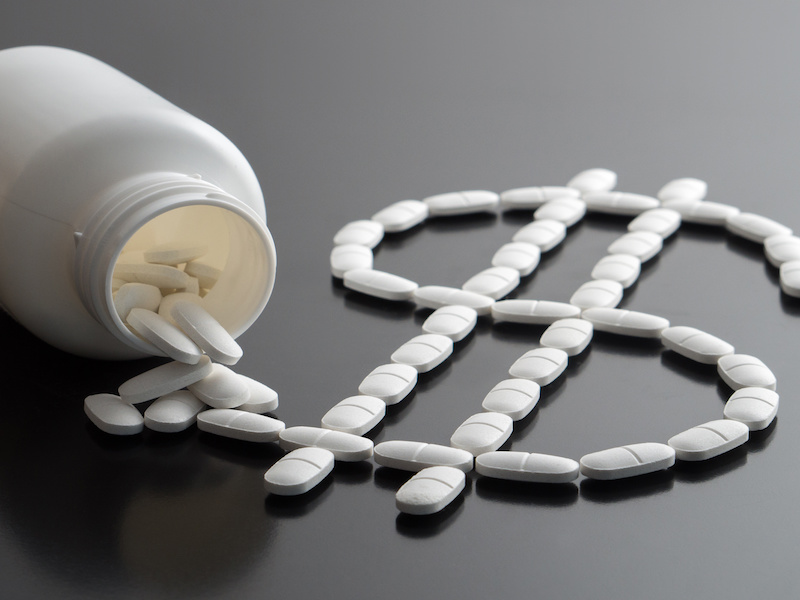

The 10 highest-cost drugs reimbursed by public drug plans in Canada in the 2021/22 fiscal year were all rare disease treatments with annual treatment costs of more than $250,000, according to a new report by the Patented Medicine Prices Review Board.
It found the increased use of high-cost drugs continued to be the main factor driving growth, pushing costs upward by 8.1 per cent. “I think this is due to the volume as a lot of high-priced drugs have come to market recently,” says Christine Than, associate vice-president and lead of pharmacy health solutions at Aon. “Some of these drugs are really life changing and that’s why the governments are adding them to their formulary and that’s why they’re highlighted in this report.”
The report found prescription drug expenditures for public drug plans increased by 6.8 per cent, bringing annual spending to $13.2 billion. Drug costs in these public plans grew by 8.4 per cent, accounting for $10.9 billion of the total $13.2 billion in expenditures.
Read: PMPRB report shows increased plan costs, promising pharmaceutical innovation: expert
Than notes there are three main drivers when looking at consumption — rare disease drugs, specialty drugs and chronic disease drugs. “So when plan sponsors design their plans or review their plans with their insurers or advisors, they need to be mindful of any cost containment measures and to help ensure appropriate use for these types of medication, making sure the right medication gets to the right patient.”
With respect to pipeline drugs for rare diseases, Than adds there’s an extensive amount of drugs in various stages of development and many of those will eventually be commercialized.
“When we look at the report regarding the highest drugs, the costs are staggering. It could be $3 million for one claimant, but it’s a one-time treatment. The top 20 drugs [in the report] are a mix of biologic drugs, specialty drugs and a lot of chronic disease drugs. For example, [No. 5] in the report is Eliquis, a medication for blood clots. [It’s] not super expensive, it’s easily under $1,000 a year, but because of the volume it’s still at No. 5.”
Total prescription drug expenditures for Canada’s public drug plans rose by $3.1 billion over the last five years, for a compound annual growth rate of 4.9 per cent. In a reversal of the 2020/21 trend, an increase in the number of active beneficiaries was responsible for the largest annual contribution to dispensing growth in 2021/22, pushing costs up by 3.2 per cent.
Read: High-cost medicines driving drug costs for public, private plans: report
